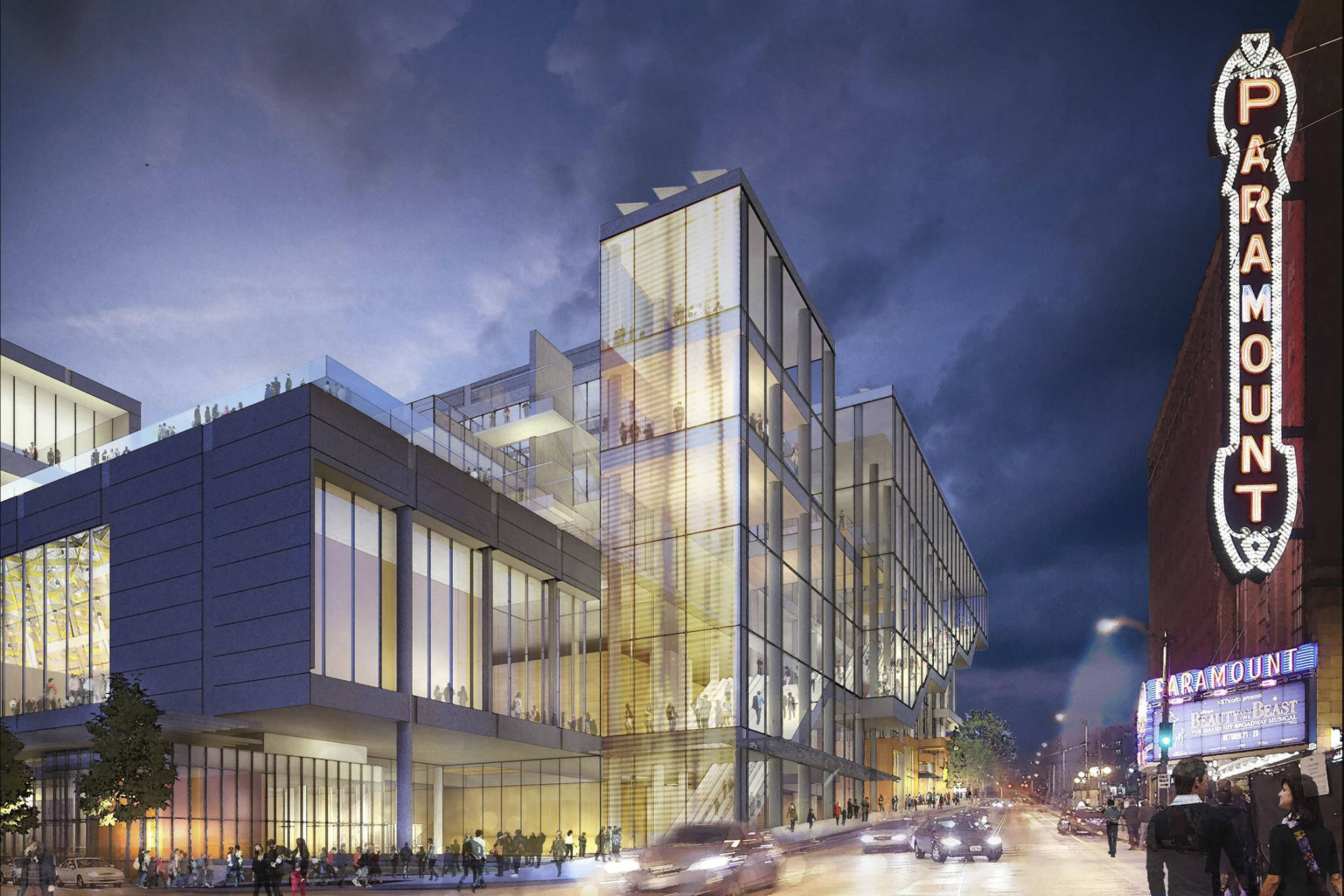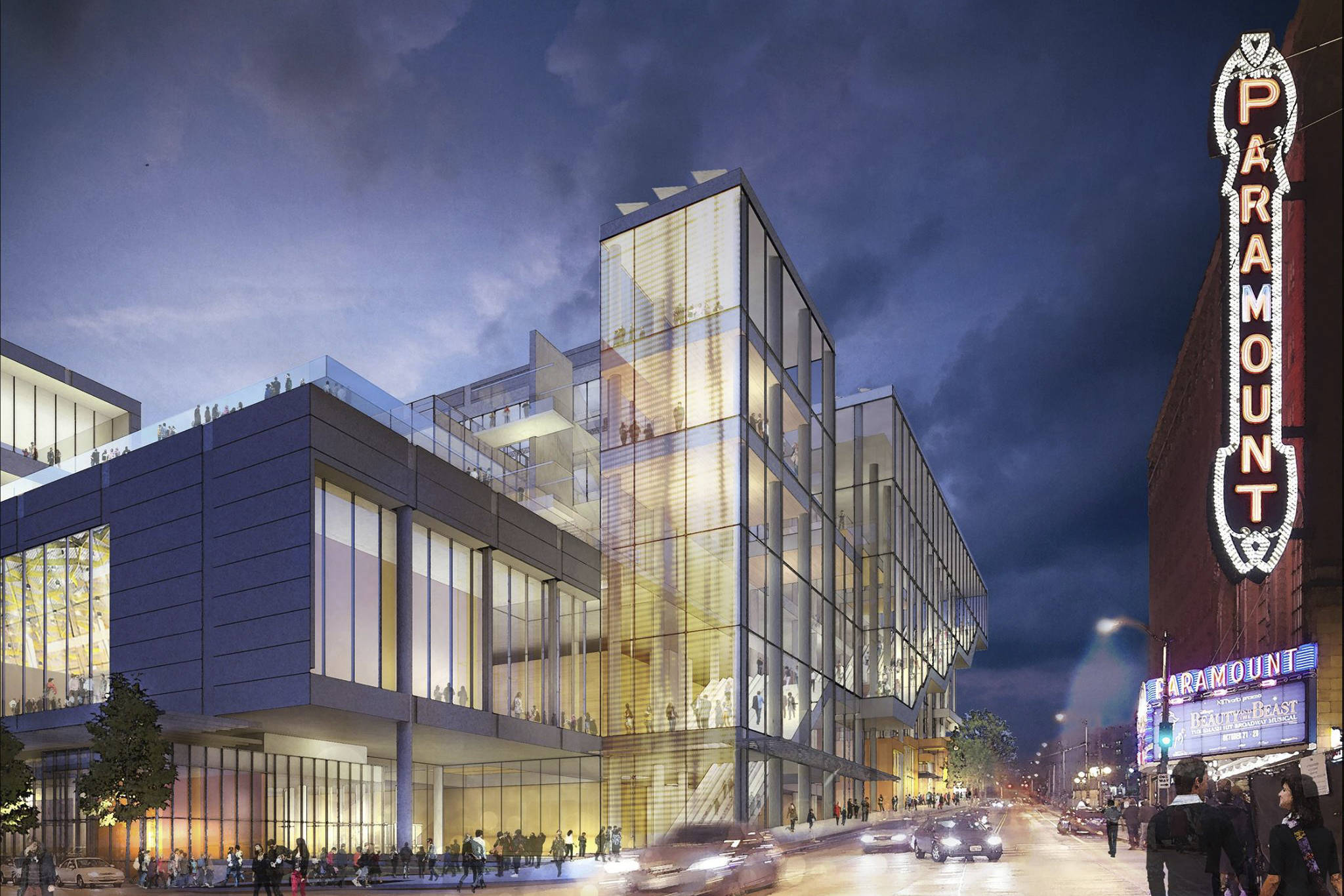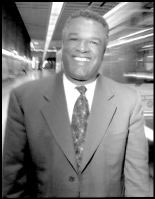On Wednesday, March 8, in one of their final acts of this year’s legislative session, Gov. Christine Gregoire and lawmakers tried to cut the Gordian knot of Puget Sound transportation. While we won’t know if they succeeded until November 2007 at the earliest, it certainly is refreshing to see a good-faith effort.
Gregoire and a bipartisan group—House Transportation Committee Chair Ed Murray, D-Seattle; Rep. Fred Jarrett, R–Mercer Island; Senate Transportation Committee Chair Mary Margaret Haugen, D–Camano Island; and state Sen. Bill Finkbeiner, R-Kirkland—wanted to force an end to the long war between road supporters and transit supporters. “I am so tired of this roads-versus-transit debate,” says Finkbeiner. By passing Engrossed Substitute House Bill 2871, they have forced a marriage between the region’s biggest road funder, the Regional Transportation Investment District (RTID), and the three counties’ biggest transit funder, Sound Transit.
Most people have never heard of RTID because, since creation by the Legislature in 2002, it hasn’t actually undertaken any projects. It has spent this time fighting over what projects to undertake. Essentially, the Legislature gave the King, Pierce, and Snohomish county councils billions of dollars in new taxing authority to build roads if they could agree on a package of projects to put before voters. While the state and federal governments have pledged some contributions to the replacement or improvement of major infrastructure in our region—such as the earthquake-damaged Alaskan Way Viaduct along Seattle’s waterfront, the age-weakened Highway 520 floating bridge between Seattle and Bellevue, or congested Interstate 405 on King County’s Eastside—regional taxpayers are supposed to cough up money to complete the projects. RTID, after many rounds of negotiations, has agreed on a $7.2 billion package, the so-called “Blueprint for Progress” (www.rtid.dst.wa.us).
That agreement was made possible by an RTID overture to Sound Transit. On Jan. 26, RTID asked Sound Transit to enter into a partnership to present two ballot measures, one from each agency, to voters next November. Sound Transit runs commuter rail from Tacoma to Everett and regional express buses, and it’s building light rail from downtown Seattle to Tukwila. The transit agency is also preparing to ask regional voters to fund “Sound Transit 2,” which may include extending light rail to Northgate and across the Interstate 90 bridge to Bellevue, new commuter rail stations in Edmonds, and more regional express-bus service (www.soundtransit.org/st2). The cost range for these improvements ranges from $3 billion to $10 billion, depending on which projects are chosen.
State officials had several problems with the dual ballot measures that were developing. First, they were too big. “Both of these were packages on steroids,” says Murray. “Getting it right the first time is doing it smaller.” State officials didn’t think that tri-county voters would support up to $17 billion in new taxes for transportation. They hope the marriage will force an overall reduction in the package. Second, either measure would be able to pass or fail on its own. In that circumstance, state officials worried that the roads people wouldn’t support the transit measure and vice versa. “One-third of the region wants transit, one-third of the region wants roads, and one-third of the region wants less taxes,” says Jarrett. For either the roads or transit supporters to win, Jarrett believes, they have to be joined at the hip. Since Engrossed Substitute House Bill 2871 requires the two agencies to be on the ballot at the same time and both must pass or both will fail, officials hope they have solved problem two.
Third, Gregoire rightly pointed out that RTID did not have enough money to replace the 520 bridge. “The governor said, ‘I want 520 replaced; this is my oar in the water,'” says Murray. The new law pushes the agencies to fund the full replacement cost of the bridge—perhaps $1 billion in addition to RTID’s current request for $800 million for 520.
Fourth, there will be no vote until 2007. This is simple politics. House Speaker and political mastermind Frank Chopp does not want his Democratic members, all of whom are up for re-election in 2006, to be on the same ballot as a multibillion-dollar tax increase, according to several legislators. Since Chopp has increased the size of the Democratic House caucus from a minority of 36 in 1998 to a robust majority of 55 today, it’s hard to argue with the guy.
Fifth, Gregoire was clearly sick and tired of Seattle squabbling over the replacement of the dangerous Alaskan Way Viaduct. Mayor Greg Nickels wants a tunnel replacement, but he doesn’t have the money (“Still Digging for Money,” March 1). Key Seattle legislators, including 36th District state Reps. Helen Sommers and Mary Lou Dickerson, want an above-ground replacement. The new law requires the Seattle City Council to end the debate by choosing between the two options by the end of 2006. (Some City Council members would like also to consider the merits of the “no-replacement,” or surface-street, option, but that does not seem possible under the bill.) The council can hold a public advisory vote on the matter in November.
State officials’ new approach to regional transportation is bold, decisive, and risky. Transit and roads people could just keep fighting and never agree on a package by 2007. Voters could reject the package. A major earthquake could hit tomorrow, collapsing the viaduct and sinking 520. Still, the latest plan seems like a marked improvement over where the region was headed just last week.







